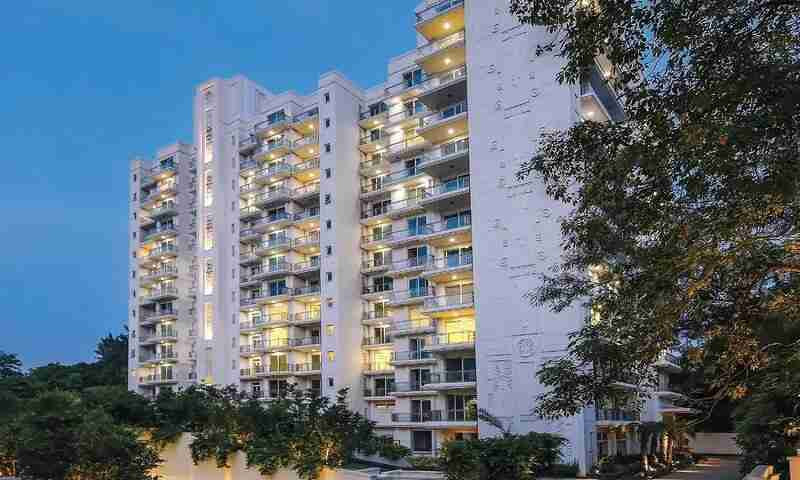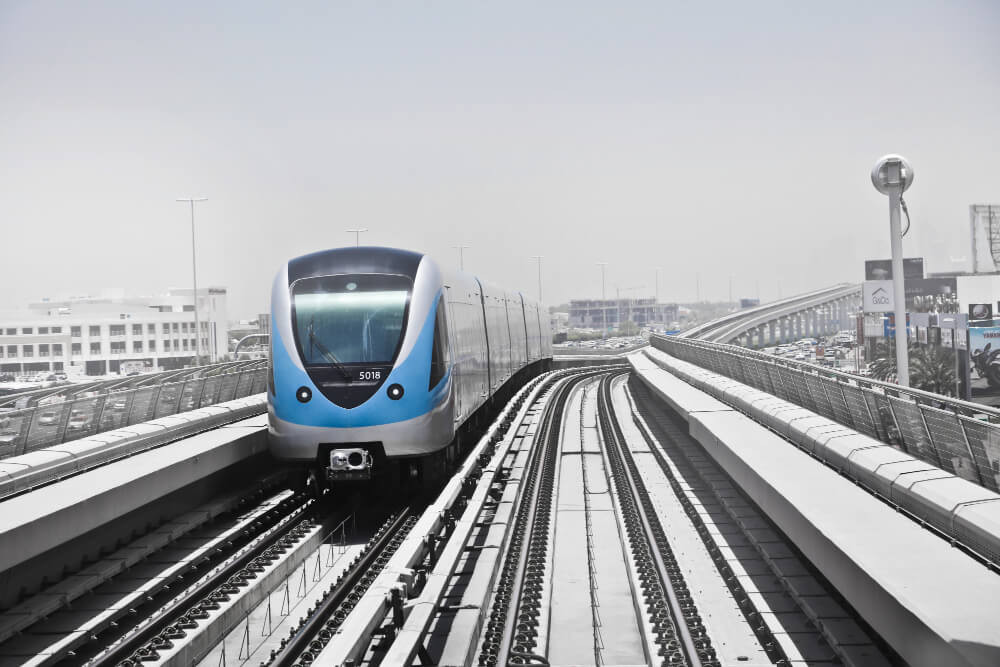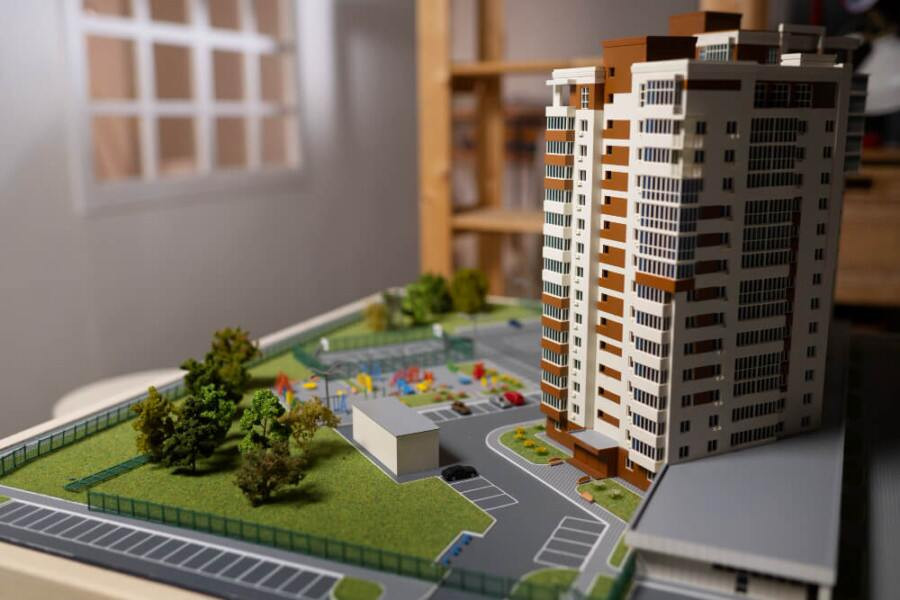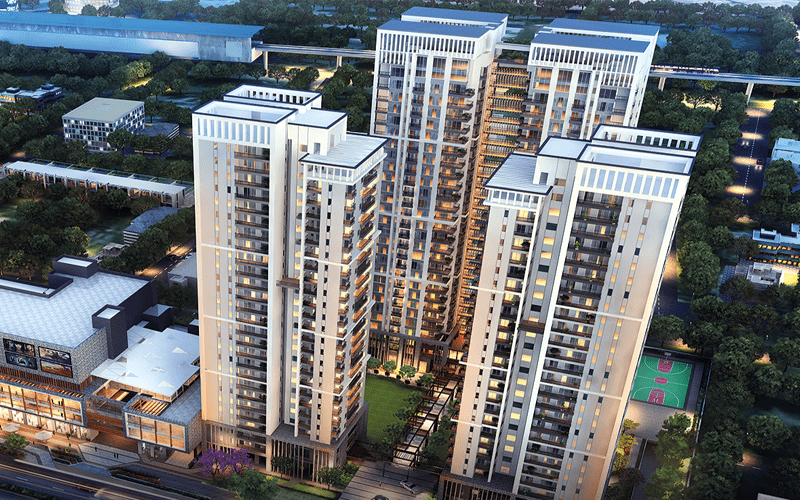Everything You Need to Know About the Delhi-Mumbai Expressway
Delhi-Mumbai expressway offers some of the best and most streamlined ways of transport for many commuters across India. It also happens to be one of India's longest expressways on an enormous stretch of 1,386 kilometres. It connects the country's two primary cities, Delhi and Mumbai.
This project stands as one of the extents of commitment toward developing infrastructures that will trigger growth in economies and connectivity. Therefore, it serves as one of the core road networks that will surely help you in your journey.
Let us see and clear some of the important parts and commitments for such infrastructures.
Summary of Delhi-Mumbai Expressway
It is an eight-lane expressway that is designed to be upgradable at a few points to 12 lanes. The journey between Delhi and Mumbai would be phenomenal, from the whooping 24 hours cut down to only 12 hours.
Experts say it will cost the expressway project about Rs 98,000 crores to finish. Traversing multiple venues, it goes through Haryana, Rajasthan, Madhya Pradesh, Gujarat, and Maharashtra, cutting through various other places.
This Delhi-Mumbai Expressway route map covers major economic hotspots and industrial belts; hence, it is one of the most crucial arteries of Indian economic activities.
Key Features of Delhi-Mumbai Expressway
Technological Advanced Design
It has eight lanes, expandable up to 12 as per requirements. Peak hour congestion would also be avoided very well after using this road. It will deliver a minimum speed coverage of 120 km/h, thus delivering fast and smooth passage.
Ecological-Friendly Projects
- It consisted of plantations with more than 2 million seedlings and plants.
- Electrical support will be provided in the form of a setup for solar lights and the collection of rainwater.
- The Wildlife Corridor with the Underpass will maintain a natural balance with sensitive locations.
Advanced safety features are Included. These ensure that you always have a safe drive with ITMS, ER systems, and the illumination of roads.
Benefits to the Delhi-Mumbai Express Highway
As one of the longest expressways in India, it offers a lot of convenience, some of them are as follows:
- Lessening Time Travel
It will reduce travel time to half. Thus, long-distance travel will be quite easy for personal commuters and logistics operators.
- Economic Benefits
Expressway will provide great economic benefits in terms of employment, trade efficiency and connectivity to the industrial regions.
- Improved Accessibility
The Delhi-Mumbai Expressway route map connects the cities, towns, and villages. This opened up areas that were unserved and opened up balanced regional development
- Environmental Benefits
The overall impact will be environment-friendly as it is seen that a pollution-free atmosphere has a cumulative effect of saving on fuel and decreasing vehicular pollution.
Impact on Real Estate and Development
- Boom in Real Estate
Being the longest expressway in India has already brought a boom in residential and commercial real estate closer to the highway. The cities would include Gurugram, Jaipur, Vadodara, and Surat, where there will be an enhancement in demand because of the improved connectivity.
- Investment Opportunity
This will give location advantages to logistics parks, warehousing and hospitality investors with the scope to earn. Business hotspots will be around this expressway, making it a commercially viable project.
Future of the Highway
- Wayside Amenities
Resting facilities at the wayside are ensured by equipping them with food courts, fuel stations, and sanitary facilities in a clean environment.
- Logistics Parks
This strategically located logistics park will save on freight transport costs and make supply chains more efficient.
- Tourist Attraction
It would connect to many prominent tourist attractions, including Sariska Tiger Reserve in Rajasthan and the Statue of Unity in Gujarat. A hike in tourism, along with other leisure activities, would be cost-effective.
How to Utilise the Expressway
There is no complicated entry into the Delhi-Mumbai Expressway. There is an electronic toll collection system that helps with easy and fast movement in and out of the highway.
An itinerary may be planned through any of the navigation apps, which inform about the traffic and the facilities available on the roadside. Such passes, like FASTag, are strictly made compulsory well in advance.
Conclusion
This would change India's transportation and economic scenario altogether, with the Delhi-Mumbai Expressway becoming the longest in the country by promising faster travel, higher connectivity, and sufficient opportunities for real estate and industrial development. Ecologically friendly design and high standards of safety measures would set standards for infrastructures to follow.
This superway is not just a road! It is the pathway to India's brighter tomorrow. Be it a traveller, a commuter, or an investor. There is an indispensable taste in the Delhi-Mumbai Expressway that separates this structure from other roads within this country.
At Bhavishya Nirman Developers, we are always on the lookout for projects that align with the transportation and commuting needs of the residents.
FAQs
1. What is the total length of the Delhi-Mumbai Expressway and which cities does it connect?
The Delhi-Mumbai Expressway stretches over 1,386 kilometers, connecting major cities like Delhi, Gurugram, Jaipur, Kota, Ratlam, Vadodara, and Mumbai. It spans across five Indian states, making it one of the longest expressways in India and a game-changer for intercity travel and logistics.
2. How will the Delhi-Mumbai Expressway impact real estate and property prices?
The real estate sector near the Delhi-Mumbai Expressway is witnessing a significant boom, especially in cities like Gurugram, Jaipur, and Vadodara. Improved road connectivity, industrial growth, and better infrastructure are pushing up property demand and prices, making it a prime investment corridor.
3. How much time will it take to travel between Delhi and Mumbai via the expressway?
Travel time between Delhi and Mumbai will reduce drastically from 24 hours to just 12 hours via this expressway. This is due to its 8-lane high-speed design (expandable to 12 lanes) and minimum speed standards of 120 km/h.
4. Are there any tourist attractions along the Delhi-Mumbai Expressway route?
Yes! The route connects with major tourist destinations like the Sariska Tiger Reserve, Statue of Unity, Neemrana Fort, and Udaipur, making it ideal for road trips and leisure travel. The expressway is expected to boost tourism-based infrastructure.








